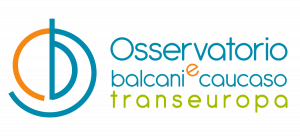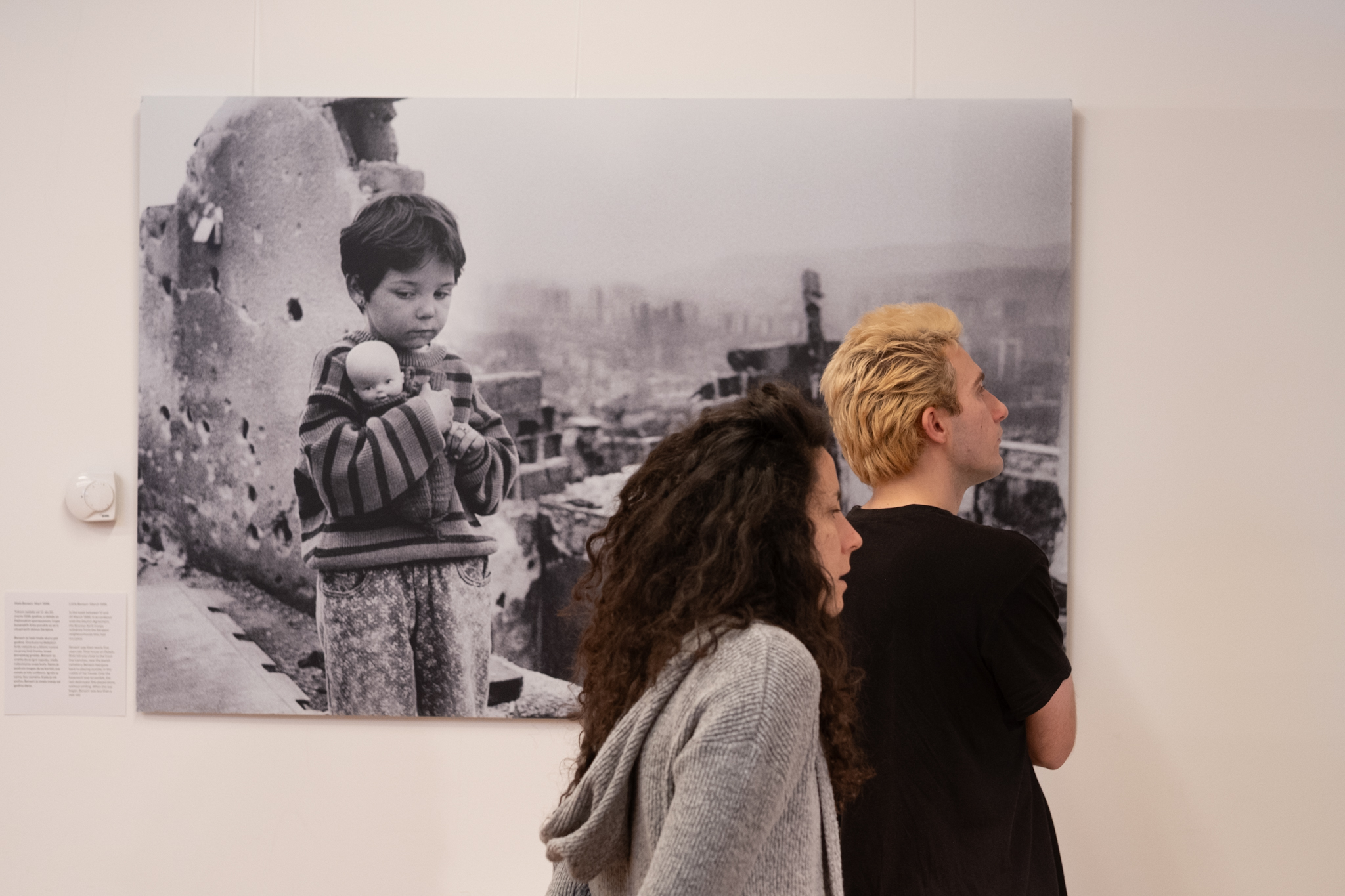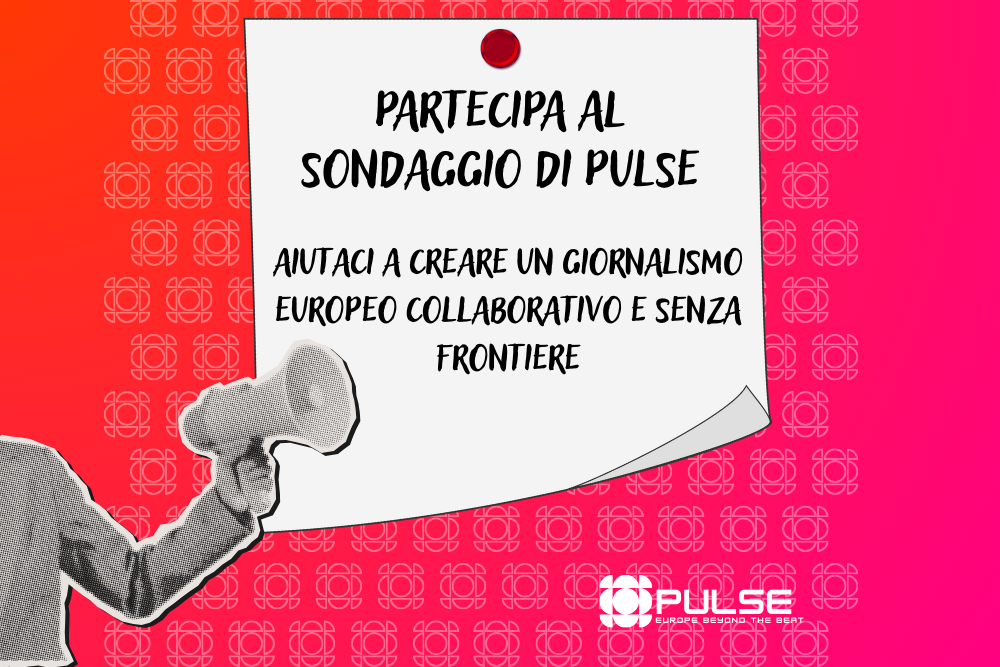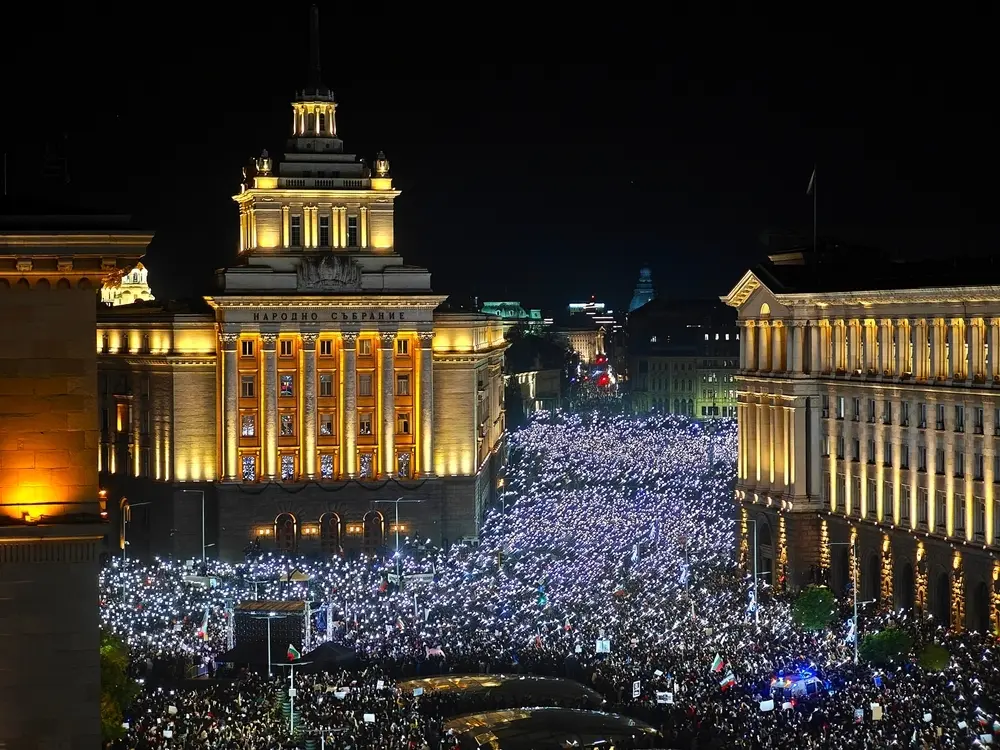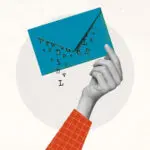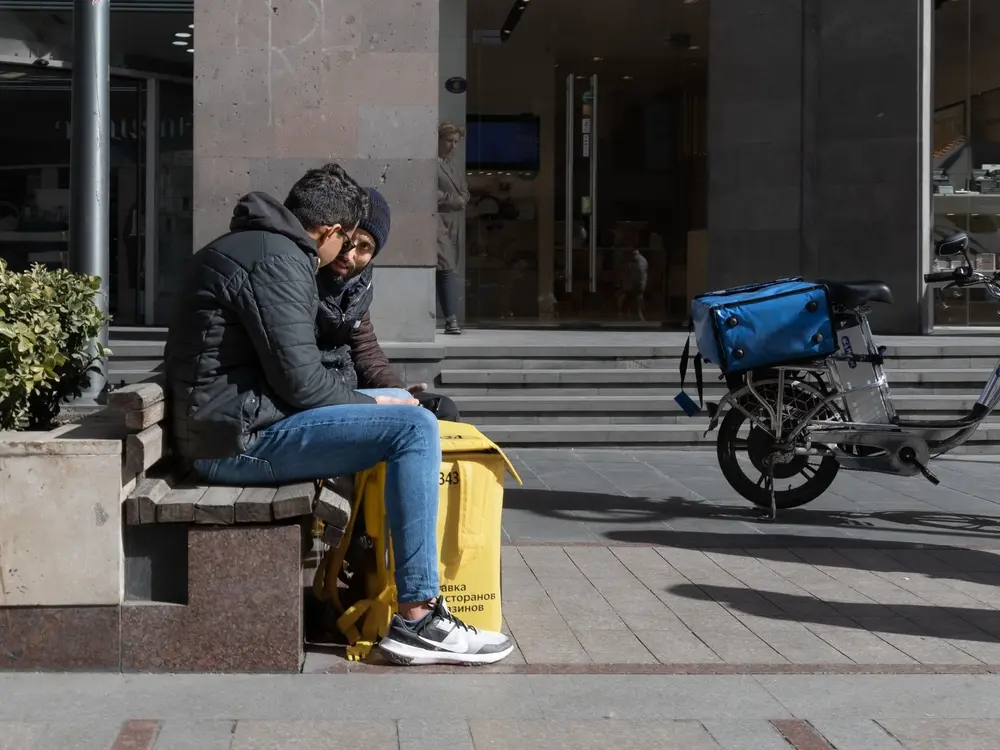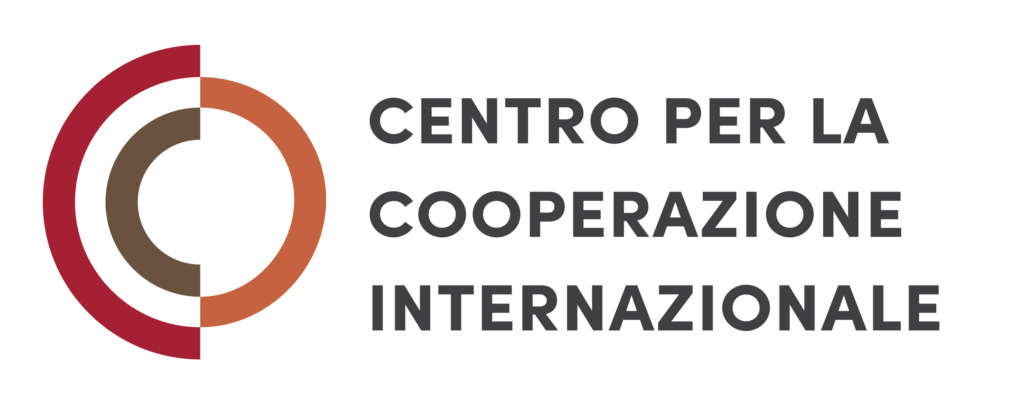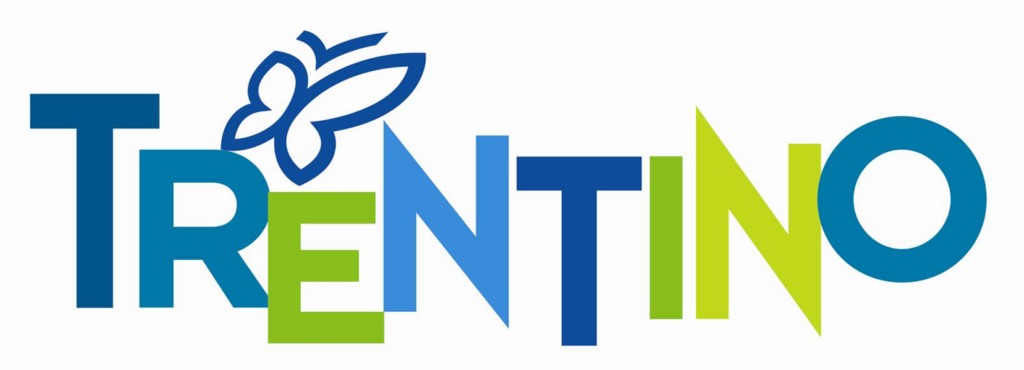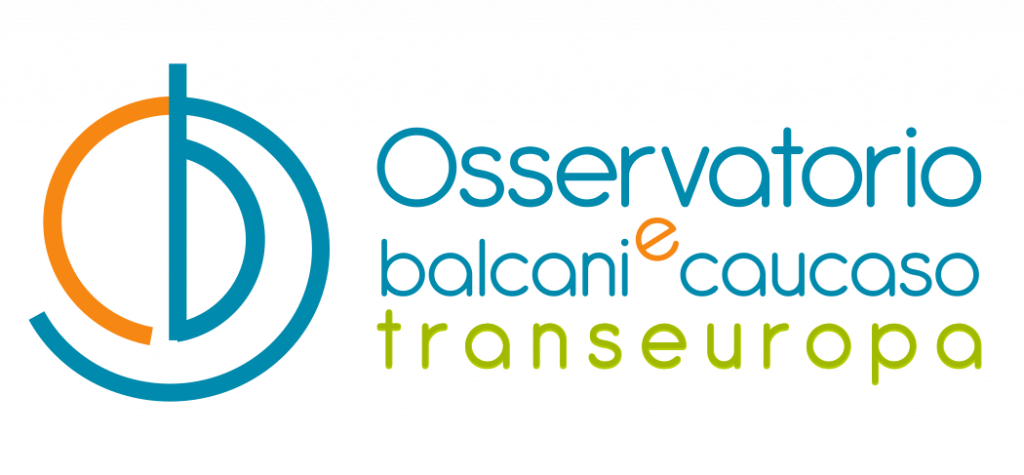The research was performed in the period from 1997 to 1999 on a sample of the primary and secondary school history and literature textbooks which were in use in Bosnia and Herzegovina in 1996/97, that is in the period immediately after the Dayton Peace Agreement. (They are still in use). Within secondary school textbooks, the grammar school (high school) textbooks were chosen for the analysis, because they are the most comprehensive, and therefore the most representative example of the history and literature subject content in school education. (The textbooks in other types of secondary schools are their reduced version.) The analysis covered a total of 48 textbooks: 24 history and 24 literary textbooks. Specifically, four each for both primary (from fifth to eight grade) and grammar schools (from first to fourth grade) of each production (Bosnian, Croatian and Serbian). According to the findings, the analysis covered 9,933 textbook-pages. Out of the total of 9,933 pages, to history textbooks belong 4,245 pages and to literary textbooks 5,688 pages. Within the aforementioned textbooks, altogether 2,654 units were analyzed: 749 in history textbooks and 1,905 in literature textbooks.
From the total of 749 units in history textbooks, 185 (24.7%) are from Bosnian textbooks, 275 (36.7%) from Croatian textbooks and 289 (38.6%) from Serbian textbooks. With regard to the literature textbooks, the data show the following: the total of their units amounts to 1, 905 units. Out of this 534 or 28% of them belong to Bosnian textbooks, 899 or 47.2% to Croatian textbooks and 472 or 24.8% to Serbian textbooks. The unit was defined as a textual part of a textbook which represents a meaningful whole with a clearly marked beginning and end that is, which is placed between two titles and ends with instructions, assignments or questions for students. In the report it is also called "basic text". Since the units (basic texts) are usually furnished with different kinds of supplements (charts, illustrations, photos, historical document, etc.), the supplements were also analyzed.
The entire space of the analyzed units with supplements amounts to 2, 248 762 cm2 (224876.2 m2) and without supplements 1,210,000 cm2 (12100.0 m2). Out of the entire space of the units with supplements, 880,153 cm2 belong to history textbooks, and 1,368,609 cm2 to literature textbooks.
In the conducted content and discourse analysis of the Bosnian, Croatian and Serbian history and literature textbooks a fundamental similarity has been indicated as well as some significant differences.
In the formal view (volume, supplements, and special surface equipment) the Croatian textbooks are singled out. What sets them apart is their didactical equipment. Compared to the Serbian, and especially, to the Bosnian textbooks they are significantly richer in number and variety of the supplements in both types of textbooks history and literature. So far, they are the best didactically and methodically equipped textbooks.
Considering the content of the textbooks, all of them demonstrate a basic resemblance to each other which is manifested in an exclusive foundation of the textbooks in their own ethnic groups (national history and of national literature) as a core of the organizing of the content and didactical procedures of the textbooks.
Consequently, although Bosnia and Herzegovina is an integral country, within its territory three different kinds of primary and secondary school history as well as literary textbooks are being used: Bosnian, Croatian and Serbian. Therefore, in the territory of Bosnia and Herzegovina which is under the control of the Croatian army (HVO) the textbooks are identical to those in Croatia, in Republika Srpska to those in Serbia. And in the part of Bosnia and Herzegovina which is under the control of the Bosnian Army the textbooks issued by Federal Ministry of Education, Science, Sport and Culture in Sarajevo are being used.
As far as the history textbooks are considered, the data show that each group of the textbooks devotes a significant amount of its space to the national history of its own people (the most the Croatian textbooks with 57% of their entire space; then the Serbian textbooks with 44%, and finally, the Bosnian textbooks with 38% of their entire space). A difference in the approach to the national history and national history definition in the textbooks was also indicated. Namely, in contrast with the Bosnian textbooks, in the Croatian and Serbian textbooks the national history is presented through history of their state, territory and the people, including the Croatian and Serbian people out of the present Croatia and Serbia. Consequently, the Bosnian history is presented in the Croatian textbooks within chapters on the Croatian history, as a part of the Croatian national history. In the Serbian textbooks medieval Serbian history is presented as a part of the Bosnian history. The Serbian textbooks also have a different approach to the history of the former Yugoslav states. Contrary to the Croatian and Bosnian textbooks which discuss the Croatian and Bosnian histories within Yugoslavia, the Serbian textbooks do not exclude or separate Serbian history from Yugoslav history. They speak about Serbian history as a part of Yugoslav history.
The data also show that the textbooks do not pay enough attention to each other’s national histories. Neither of them write about each other’s history in more than 20% of the units. This exclusivity is more obvious by the presentation of particular aspects of the national history, i.g.: sufferings of the peoples, their victories, great historical events, famous historical persons, etc. In contrast with their allotment within their own national histories, in other peoples’ national histories they received only several percent of the space. For instance, sufferings of the people were mentioned in approximately 3% to 8% of units, while within one’s own national history in 42% of Croatian units, in 21% of Serbian units, and in 14% of Bosnian units, etc. The ethnocentric approach is characteristic of all the analyzed textbooks. Yet, some differences with regard to the share of the ethnically colored content in their national histories occurred within them. According to the data, it could be said that the Croatian textbooks are ethnically colored to the greatest extent, then the Serbian textbooks. The Bosnian textbooks have the least number of the units mentioning the ethnic aspects of the national history.
Do the textbooks speak about similarities of Bosniacs (Moslems), Croats and Serbs, who have lived together for centuries and who should live together in one country in the time to come? In what way do they perceive each other in the textbooks? How do the textbooks portray the others in comparison to their own people? These questions are of great importance to the socialization of the young for the common life and participation in the process of the post-war reconciliation. For that very reason, they were also raised by our project. Although they cannot be fully answered, the data do indicate some answers. With regard to the question on the ethnic, cultural, religious and historical similarity of Bosniacs, Croats and Serbs, the data are not encouraging. Namely, the allotment of the units speaking about their similarities is low in all the textbooks (3% units in the Croatian textbooks, 4% in the Bosnian and 11% in the Serbian textbooks). It is disturbing that at the same time, in the presentation national history, more attention was given to their mutual ethnic conflicts. Such a content of the textbooks contributes to the creation by students of negative images about other people they live with, especially to the Serbs who are most often mentioned as the people who were in the conflict with Croats and Bosniacs, who more often lead conquering, than defensive wars, etc.
Compared to the other nations, in all the textbooks their own nations are predominantly portrayed positively, e. g. as the peoples who lead defensive wars, mostly were victims of the aggression by other nations, they suffered through the whole history, etc.
The theme structure of the textbooks shows that in all of them the two prevailing themes are the themes related to the diplomacy and politics, and war issues. To clarify this finding it is necessary to mention that within the theme of diplomacy and politics the units which predominantly cover the state related issues (its creation, loss, relationships toward other states, allies, etc.) were recorded. Therefore, it is not surprising that in a political context where there was a war for new nation states, these themes received the most attention in all the analyzed textbooks. These two themes were also most often a theme framework within which particular aspects of the national histories (victories, important historical events, famous historical persons, etc.) of Bosniacs, Croats, and Serbs were presented.
In Bosnia and Herzegovina children are supposed to learn significantly less from the cultural history, economy and social issues. However, compared to other’s countries history textbooks in Europe (i.g. the German textbooks), there are a number of themes about which the children learn nothing. For instance, there is no a single chapter on why they study history at all. They also do not learn about Europe as a community (in the textbooks there are no particular chapters on the history of the European political, economic or cultural institutions which integrate Europe). Nor they learn about peace and war as particular themes (although Bosnia and Herzegovina has just come out of a war, in the textbooks there are no chapters on peace or wars, their notions, different understandings, consequences, etc.). Finally, what is most important, there is no chapter on how to use the history of Serbs, Croats and Bosniacs to build peace and trust among people in Bosnia and Herzegovina in the post-war period. Not a single Bosnian, Croatian or Serbian textbooks has a line on the trans-national nature of the current societal life and decline of the nation state in the age of post-industrial society. The nation state, i.e. ethnically based state with one ethnically homogeneous nationality constituting the core of the nation state, is still in the center of their interest.
The analysis of the supplements addresses the problem of dominance of a mono-perspective approach of the textbooks to the historical material. Namely, all the textbooks are dominated by a single point of view. None of the Bosnian, Croatian or Serbian textbooks have documents which present different viewpoints on the historical events, including the points of views of those who took part in the events. This indicates that the textbooks do not provide students the content necessary for the development of their critical thinking, especially with regard to their own national history.
The rhetorical analysis, which was aimed toward a de-construction of ideological activity of speech/language of the school history textbooks, reveals the same value orientation of the textbooks on the rhetorical level of their discourse. Precisely, it indicates that ethnocentric focusing of the perspective, which is suggested to the students in a rhetorical layer of the analyzed texts, establishes values such as collectivism,"imprisonment", limitation by a group, patriarchal morals, hard, intolerant relationship to those who do not belong to the community or US and "epic soul", whose irrationality is proved by inclination to oscillating between the extremes of suffering pathos (suffering, victim) and warlike absence of compromise (triumphant elevation). In a word, the textbook discourse establishes those values, which in the project were regarded as non-democratic and contrary to the proclaimed liberal-democratic value framework.
The analysis of the literature textbooks also points to their ethnically-oriented content structure, even though a few discrepancies among them have been established. These refer, first of all, to the relationship between national and other literature: national literature and world literature, national literature of each of the three groups of textbooks (Bosnian, Croatian and Serbian), and literature from all of the other Yugoslavian nations. If we consider all these aspects, the data show that the Bosnian textbooks are the least nationalistic and the most open toward world and other, that is , literature of Yugoslavian nations. The Croatian and Serbian textbooks, nonetheless, differ with the inclusion/exclusion of their national literature, and in regards to the inclusion/exclusion of other Yugoslavian literature. In this respect, the Croatian textbooks are substantionally more exclusive than the Serbian textbooks, they do not contain a single text from Serbian literature. What is evident here is a radical diversion from an already century-old school-literary practice. In this context it is also significant that like the history textbooks, students cannot learn about their mutual similarities and contrasts from literature textbooks either. Actually, from all three groups of literature textbooks the units that discuss similiarities and differences are excluded, or rather, not included, as if other nations and people do not even exist.
Not going into further detail, it is possible to conclude shortly, that literary textbooks as well as history textbooks divide rather than connect students in Bosnian and Herzegovinian schools, that they count on "our" strict national reader and not on a citizen of Bosnia and Herzegovina. The problem is that this calculation is actually the producing pupiles who are Croats, Bosniacs and Serbs but not citizens of Bosnia and Herzegovina as an integral country.
By contributing more to the creation of the closed, ethnocentric identity of children, than to an identity open to diversity, bouth history and literature textbooks appear more as a disintegrative than integrative factor in the post-war reconstruction of the social life in Bosnia and Herzegovina.
Therefore, radical changes are needed. First of all, there is a need for the curricula harmonization. Instead of three kinds of the textbooks, different by approach and content structure, new textbooks should be based on more uniform methodological and content construction principles valid in the entire territory of Bosnia and Herzegovina. Secondly, in contrast with the recent textbooks, the content of the new textbooks should satisfy the need of preparing the children for building a new democratic and pluralistic society. This means the creation of an open identity for students, open toward diversities and integration processes within Bosnia and Herzegovina.
Finally, if Bosnia and Herzegovina wants to meet all the mentioned needs, the textbooks should be written in Bosnia and Herzegovina, by the Bosnian and Herzegovian experts and practitioners themselves, but not imported or overtaken from Croatia and Serbia.
The changes in education, especially in the area of social sciences and humanities which convey basic social and political values to the future citizens, are not only educational question. They are deeply connected with and dependent upon politics. Therefore, it is not possible to put into effect necessary changes in history and literary teaching and to overcome their ethnocentric nature, while political actors who advocate the ideology of ethnic nationalism as an ideal basis of the program of the social reconstruction in Bosnia and Herzegovina are in power.
Branislava Baranovic
Institute for Social Research Zagreb
In evidenza
- Partecipa al sondaggio
